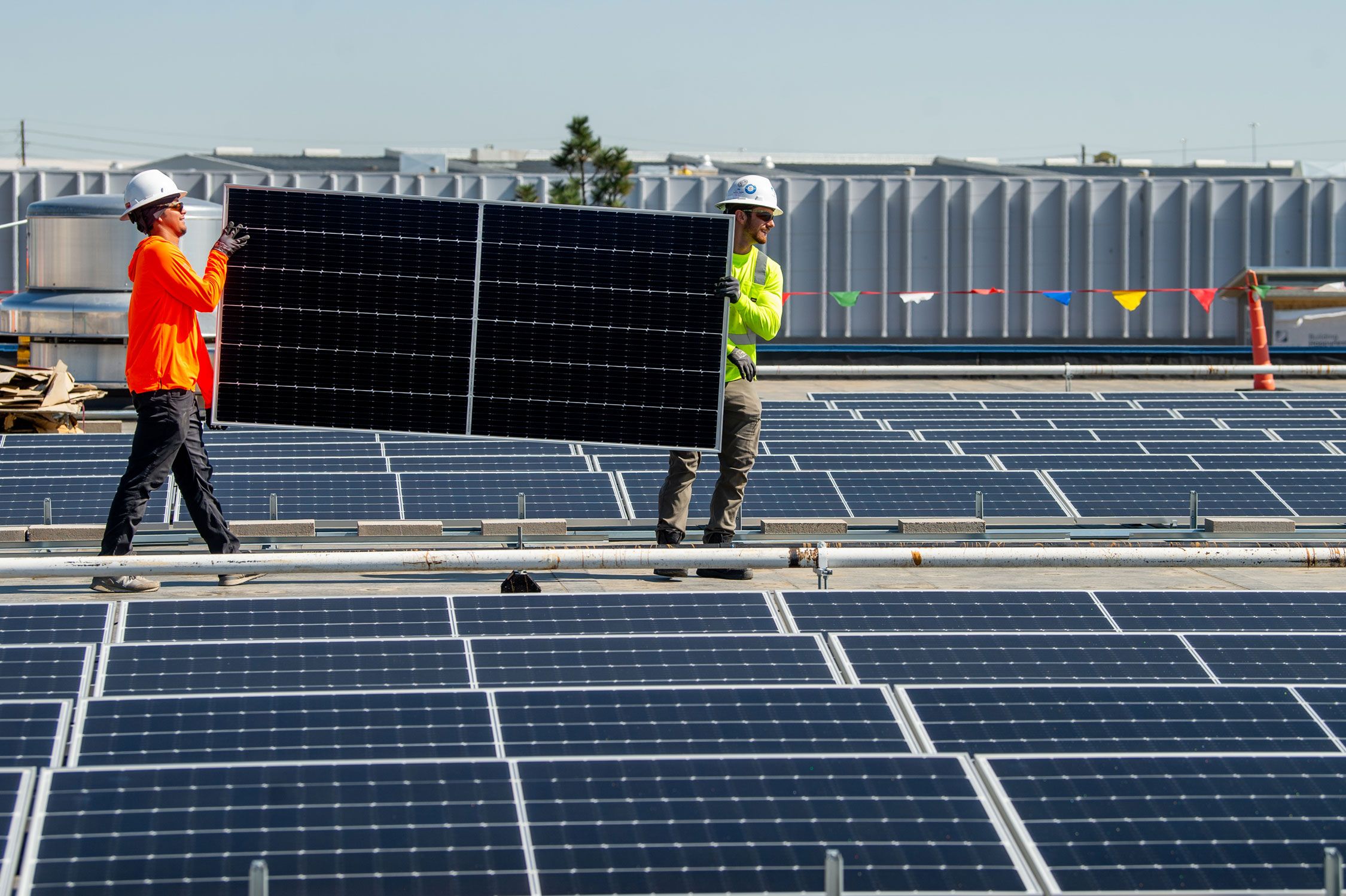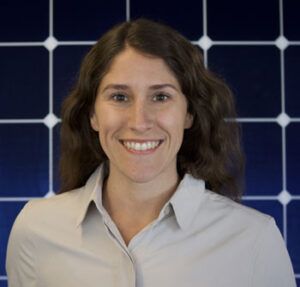Answers to your commercial solar frequently asked questions

An increasing number of businesses are boosting cash flow while also differentiating their business. They are investing in solar to capture tax benefits, reduce operating expenses (OpEx), and meet environmental, social and governance (ESG) criteria. Navigating the complexities of a solar capital energy improvement can be challenging, so we’ve answered some of the most common questions below.
Are there any incentives to go solar?
Yes! Currently, taxable entities with tax burden can recoup at least 30% of the investment with the Federal Investment Tax Credit (ITC). In addition, bonus depreciation is set at 60% in the first year for systems placed in service in 2024. On top of that, if you choose to sell your renewable energy credits (RECs) back to Xcel Energy, they will pay you between $0.035-0.04/kWh for 20 years depending on your system size.
What is the typical payback period for solar?
A typical 200-kW commercial solar system in Xcel Energy’s Colorado territory breaks even in 6-9 years, then provides 21-24 years of pre-paid clean energy.
What is the life expectancy of a solar system?
An expertly engineered and constructed system with equipment from reputable and bankable manufacturers will have a three-decade estimated useful life (EUL).
What can I expect to save, and will solar reduce demand?
A typical 30,000-square-foot roof can accommodate a 200-kW solar system. In year one, this system may reduce utility bills $19K, and generate about $11K of incentive income and $300K in tax benefits on a $500K investment. Demand (kW) is a separate charge on the bill, one for which we do not model savings. There is, however, a solar rate available which lowers the price of demand.
Does solar make sense if I don’t occupy my building?
Solar is beneficial to both property owners and tenants in gross or NNN leases. There are two methods to overcome the split incentive: Commercial Property Assessed Clean Energy financing (C-PACE) and green leases.
What is maintenance like?
Routine monitoring and preventative maintenance are key to ensuring your system is operating at peak performance and maintaining manufacturer warranties. Just like any building asset, a solar system requires repairs from time to time. Solar owners should plan for an unexpected service visit at least every two years. The most common maintenance needs arise from system outages that occur due to electrical anomalies in the facility or inverters and frequently are resolved with a simple system reset.

Rachel Mountain is co-owner and the Director of Commercial Sales at Namaste Solar. Namaste Solar’s purpose is to transform energy and transform business. The company’s experienced solar advisors will help you understand your project goals, timelines, and milestones. Look at their extensive commercial experience and see how they measure up.
Navigating the complexities of a solar capital energy improvement can be challenging, so we’ve answered some of the most common questions.

